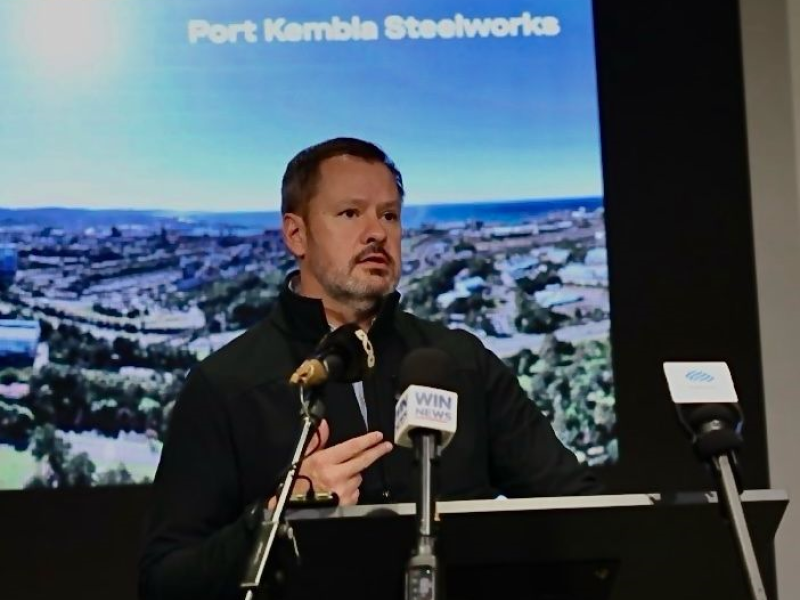A seven-member advisory group has been set up by the federal government to advise on industry policy for decarbonising iron, steel, alumina and aluminium production.
The board, which met with Industry and Science minister Ed Husic for the first time on Thursday, is made up of representatives from industry groups, unions, cooperative research centres and consulting giants.
Green metals have been outlined as a priority area under the Future Made in Australia National Interest Framework, with a preliminary Treasury assessment arguing “Australia has significant potential to become one of the lowest cost producers”.

The full list of members on the Green Metals Advisory Panel is:
- Mark Cain: Australian Steel Institute chief executive
- Paul Farrow: Australian Workers Union national secretary
- Paul Howes: KPMG national managing partner
- Marghanita Johnson: Australian Aluminium Council chief executive
- Steve Murphy: Australian Manufacturing Workers Union national secretary
- Jenny Selway: Heavy Industry Low-Carbon Transition Cooperative Research Centre chief executive
- Rebecca Tomkinson: Chamber of Minerals and Energy, Western Australia chief executive
Mr Husic said the panel “boasts impressive expertise and longstanding experience, helping guide Australia to capture the new jobs and export opportunities that come with greener metals manufacturing”.
The Industry department received $18.1 million in the May federal Budget to lead work on green metals industrial development.
It kicked off a two-week consultation on green metals policy issues later that month. It received more than 90 submissions, including from producers, industry groups and researchers before it concluded in mid-July.
The consultation paper highlighted estimates from Accenture that the green metals industry presents a $122 billion a year opportunity by 2040 and drive large reductions in industrial carbon emissions.
The South Australian government is also progressing its own work towards green metals production and is targeting its first export of green iron by 2030.
Production costs for green metals currently far exceed traditional high emissions methods, with the Industry department estimating green iron to be US$146 per tonne more expensive, while green steel is estimated to be US$205 per tonne more expensive.
The reformed Safeguards Mechanism, which obliges heavy polluters to annually lower emissions, includes carveouts for ‘emissions intensive trade-exposed’ industries like iron, steel, alumina, and aluminium production.
The less onerous emissions reduction obligations is intended to ensure the industries remain internationally competitive.
The Australian Steel Institute, Australian Workers Union, Australian Manufacturing Workers Union and the Australian Aluminium Council — all represented on the panel — are also represented on the International Trade Remedies Forum, which advises the government on anti-dumping legislation.
The regime enables tariffs to be levied on goods sold to Australia at prices that are unfairly low and have damaged Australian industry. The regime currently targets a range of aluminium and steel products from China.
Do you know more? Contact James Riley via Email.

